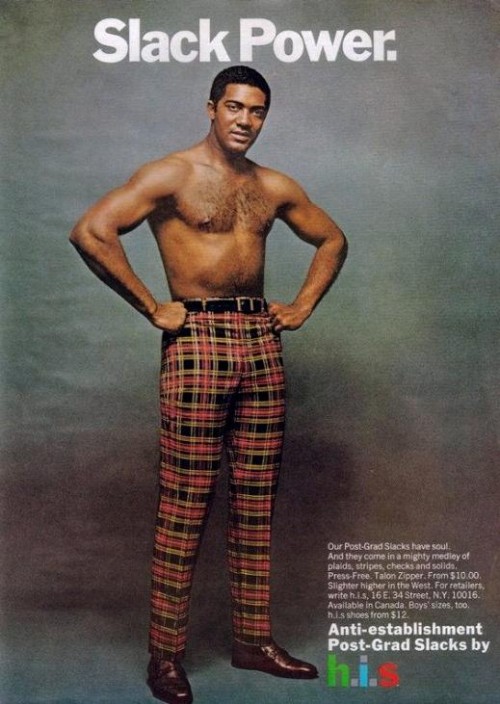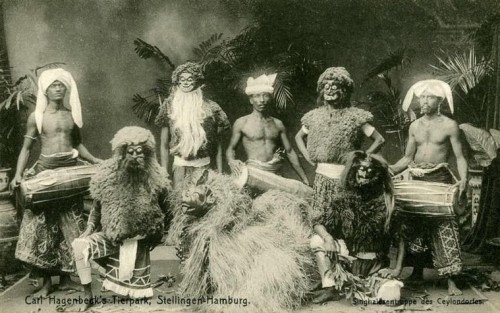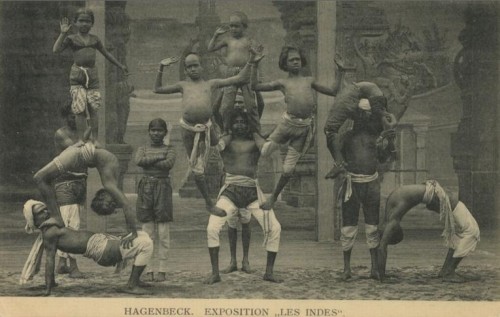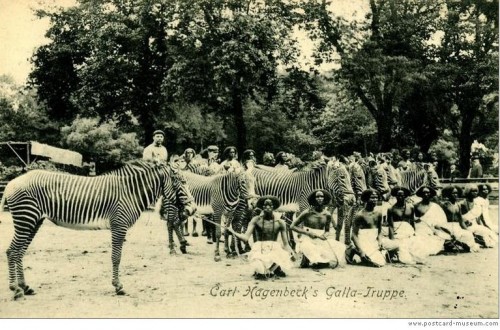- American Able: Challenging Depictions of People with Disabilities
- Disabled Bodies and Ableist Acceptance
- A Fashion Advice Counterfactual
- The Story of My Man Boobs
- Fat People Can Be As Healthy As Thin People
- The Last Slide Show Fat Man
- Imaging Barbie’s Fantastic Proportions
- All Fruit is Sweet
- Glamour Uses “Plus-Sized” Models, and People Love It!
- Reclaiming the “Before” Body (NSFW)
- Rebellyon
- Defining Fat
- Half-Drag Portraits and the Performance of Gender
- What Makes a Body Obscene?
- Resistance to Objectifying Advertising
- Men’s and Women’s Ideal Female Bodies
- Men Are Allowed to Grow Up
- How Vulvas Vary (NSFW)
- Normalizing Normal Breasts (NSFW)
- Unsolicited Responses to Busty Women
- Nudes, Then and Now
- The Body Gap: Models and the Average Woman
- Dark Girls: Race, Beauty, and Bias
- Race and the Problem with Measuring Beauty Objectively
- Indian Americans Respond to Skin Whitening
- Kids’ Thoughts about Skin Color and Beauty
The Hall of Shame
- Re-Touching the Consequences of Extreme Thinness
- Novels About Non-Thin Women Put Thin Women on their Covers
- How To Undermine a Body-Acceptance Message
- From K-Fed to K-Fat: Policing the Bodies of Male Celebrities
- The Jennifer Love Hewitt Bikini Controversy
- Conflating Fat with Unhealthy
- Zappos: Fits For Every Body Type… or Something
- The Hierarchy of Race and Size in a Dove Ad
- Shame & Pity: Headless Obesity vs. Pitiful Starvation
- New Obesity Campaign Rife with Fat Shaming
- The Marilyn Meme
- 100% of Your Body Fat Should Be In Your Boobs
- (Hairy) Ball Bashing
- Your Hairy Legs Could Be Mass Murderers Even Now
- “Normal” vs “Abnormal” Hair and Skin
- PETA Attacks Pubic Hair
- Gingerism
- Lightness as Symbolic Capital: Fair Skin in Marital Ads
- Multinational Corporations and the Cultivation of Colorism
- “Normal” vs “Abnormal” Hair and Skin
- The Hierarchy of Race and Size in a Dove Ad
- Apparently We Need to Dye Women’s Genitals Pinker
- 1950s Beauty Pageant Judging Guidelines (pictured)
- Women’s Parts as Urinals and Sinks
- Women as Food
- How Ratings Boards are Driving Genital Cosmetic Surgery
- Dozens of Products Made to Look Like Boobs
- Keeping “It” Lady-Like: Avoiding Camel Toe
- An Entitlement to Female Beauty: Criticism of Female Body Builders
- Sexual Dimorphism and World of Warcraft
- Sexy According to Victoria’s Secret
- Your Ass: A Very Important Thing on Your Wedding Day
- Behind the Perfect Body: Models and Body Builders
- Heightism in Advertising
- Height Norms and Framing the Shot
- Perceptions of Tall and Short Men
- Heightist Hooters Ad
- Gender and Heightism









